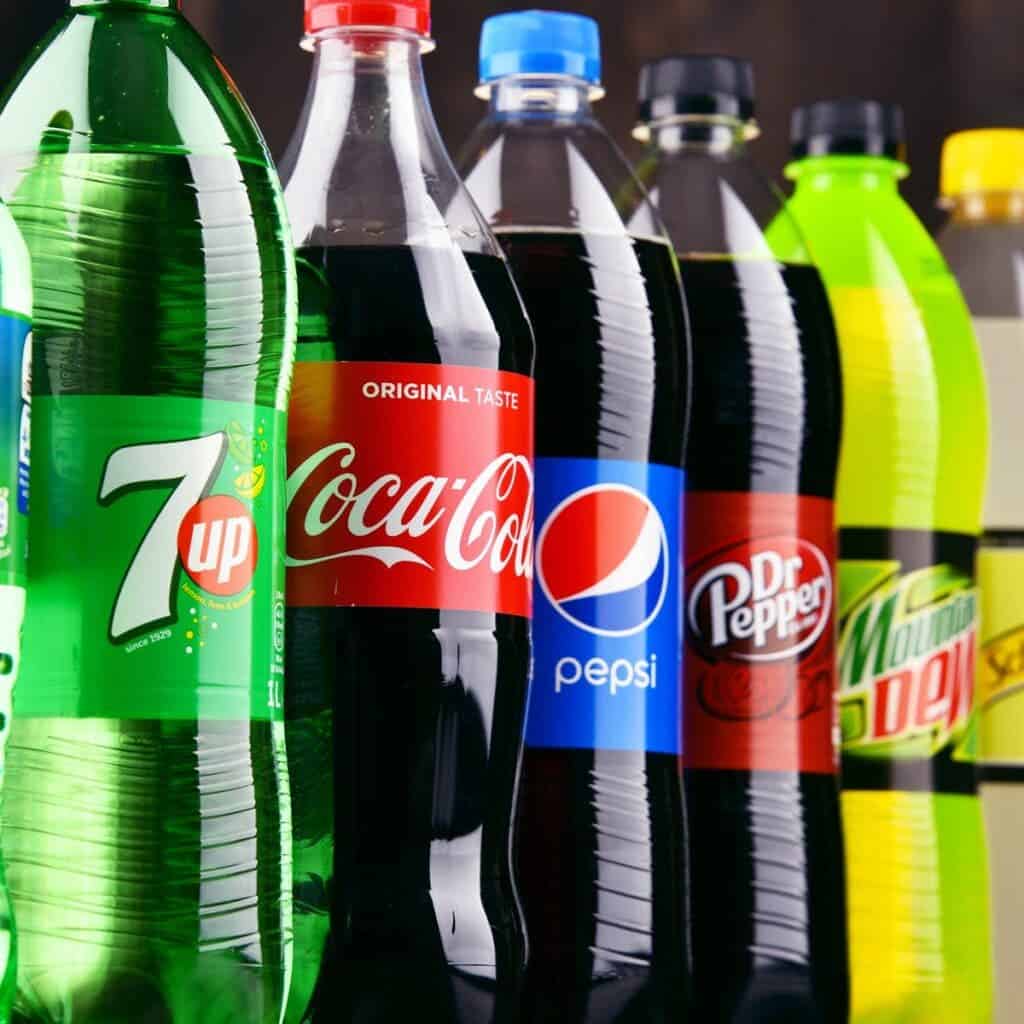Beverage companies spent $1.04 billion to advertise sugary drinks and energy drinks in 2018, a 26% increase compared to 2013, a new report showed. The ads specifically targeted Black and Hispanic youth, contributing to health disparities that affect communities of color.

The report, done by the Rudd Center for Food Policy & Obesity at the University of Connecticut, showed that more than one-half of the total sugary drink advertising expenditures ($586 million) was used to promote regular soda and soda brands – 41% more than 2013.
The researchers used Nielsen data to identify brands in the soda, sports drink, energy drink, iced tea, fruit drink, and flavored water categories that spent at least $100,000 in advertising and that contained added sugar. They also gathered data on the nutrition quality and advertising of the selected sugary drinks and energy.
The increase in spending was observed in a wide array of sugary drinks. For example, $159 million were destined for sport drink advertising, 24% more than 2013, and $111 million for the advertisement of sweetened iced tea, which almost tripled its funding from the $38 million destined in 2013
The report showed that teens were a primary target audience for sugary drink advertising. From 2013 to 2018, the exposure of teens to TV ads increased by 1% for regular soda and soda brands and 68% for iced tea, despite the time they spent watching TV declined 52% in the same period.
A similar trend was seen with preschoolers and children. Preschoolers saw 26% more ads for sugary drinks in 2018 than in 2018, while children saw 8% more. This happened despite the fact that preschoolers spent 35% less time watching TV and children spent 42% less time.
Companies targeted most of their advertisements to Black and Hispanic youth, who saw more than twice the number of ads than white children and teens. The exposure was especially high for sports drinks, regular soda, and energy drinks. This creates a serious problem as diet-related diseases affect more communities of color.
“Our findings demonstrate that beverage companies continue to target their advertising to Black and Hispanic communities, which exacerbates ongoing health disparities affecting those communities” said in a statement Jennifer L. Harris, lead study author. “Companies should not target communities of color with advertising that almost exclusively promotes unhealthy products.”
The most significant companies
The advertisement of sugary drinks was driven mainly by PepsiCo and Coca-Cola brands, the report showed. PepsiCo and Coca-Cola were responsible for 38% and 31% of all sugary drink advertising spending, respectively. Coca-Cola spent 81% more on ads in 2018 than in 2013, while PepsiCo raised its expenditure by 28%.
“Beverage companies have promised to take action to reduce the amount of beverage calories people consume, but at the same time they dramatically increased advertising for their full-calorie sugary drinks,” said Fran Fleming-Milici, a co-author. “It’s well past time for the industry to stop putting profits ahead of our kids’ health.”
The researchers included a set of recommendations, asking beverage companies to stop targeting communities of color in their advertisements, and policymakers to enact excise taxes on sugary drinks. At the same time, they asked the U.S. Food and Drug Administration (FDA) to establish better regulations and healthcare organizations to do more campaigns on the risk of sugary drinks.






